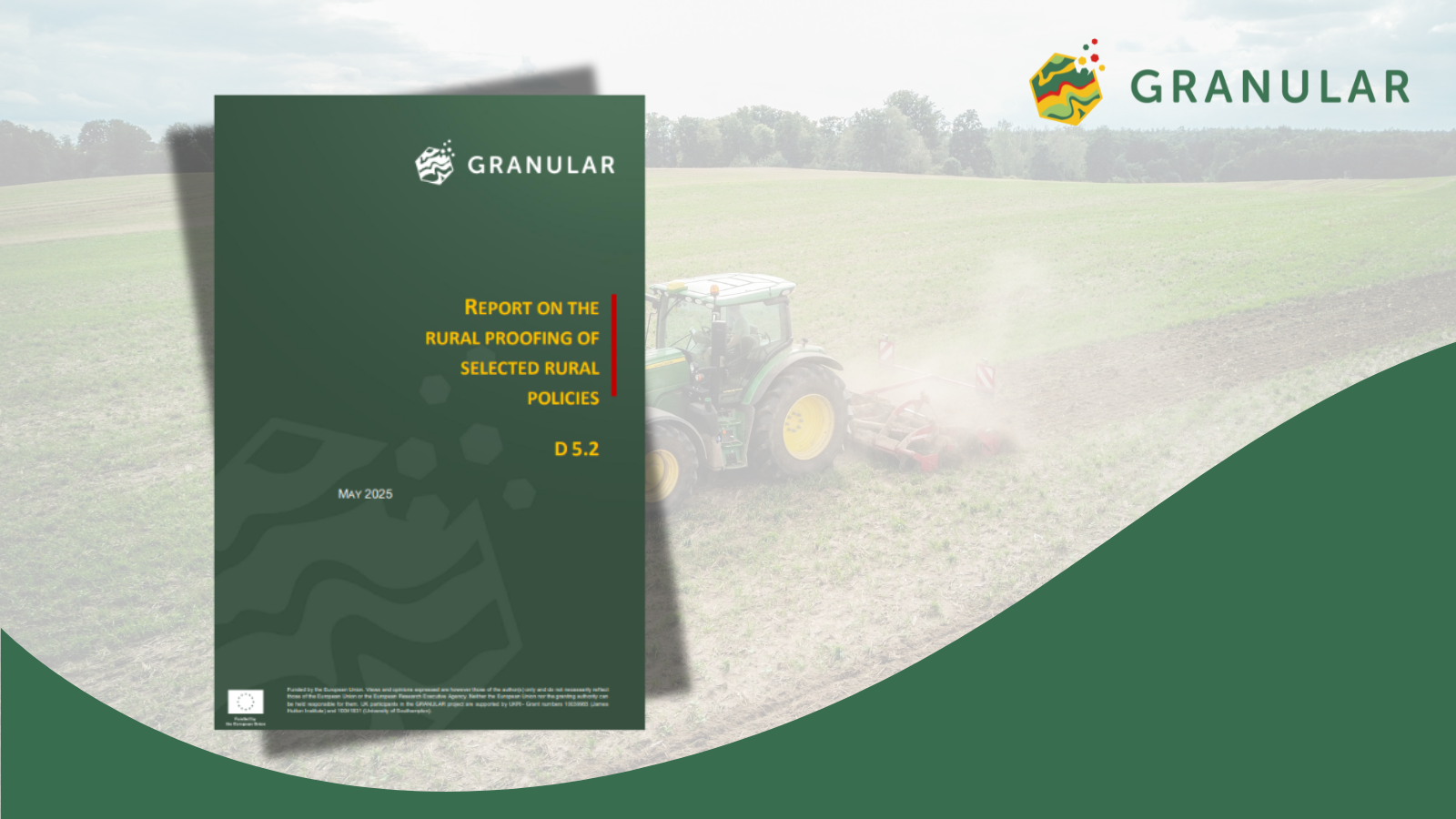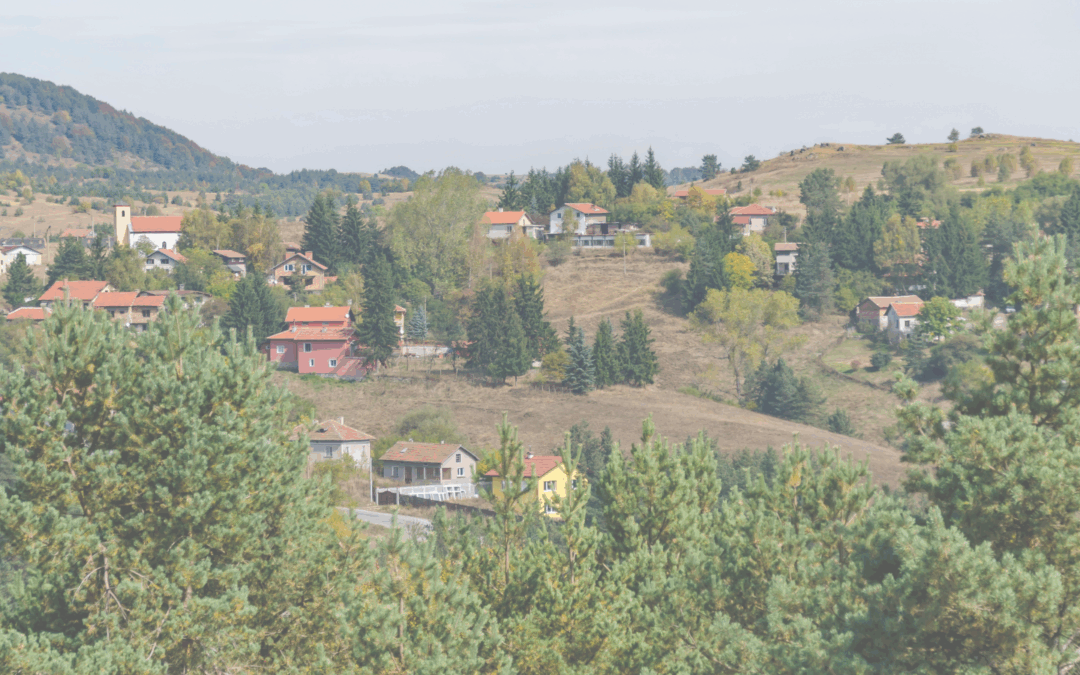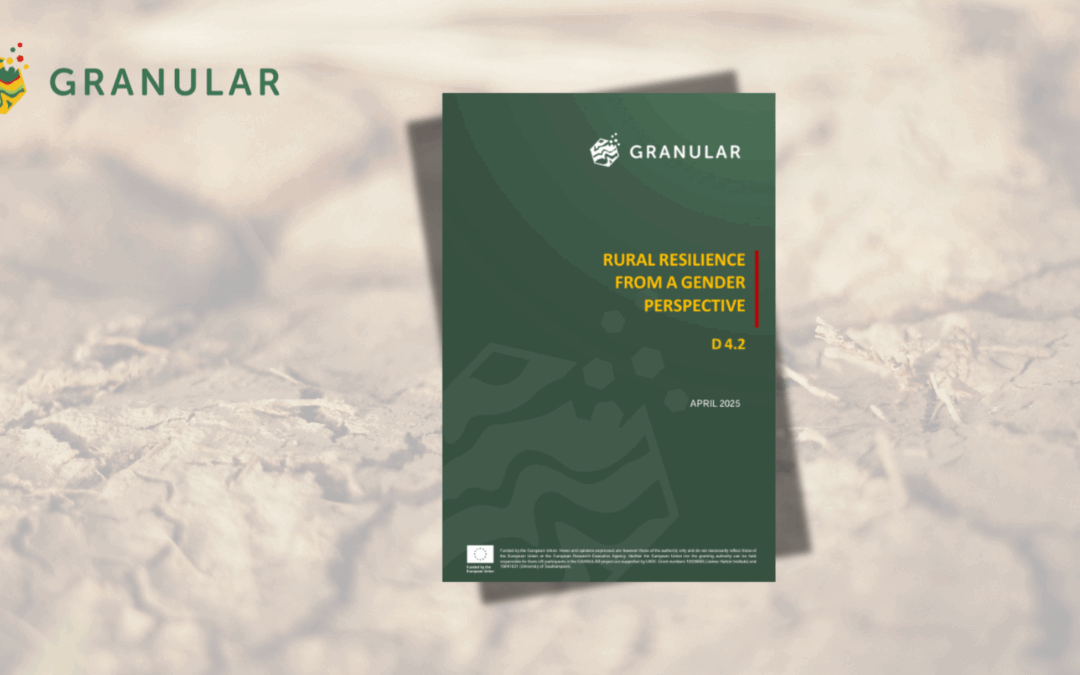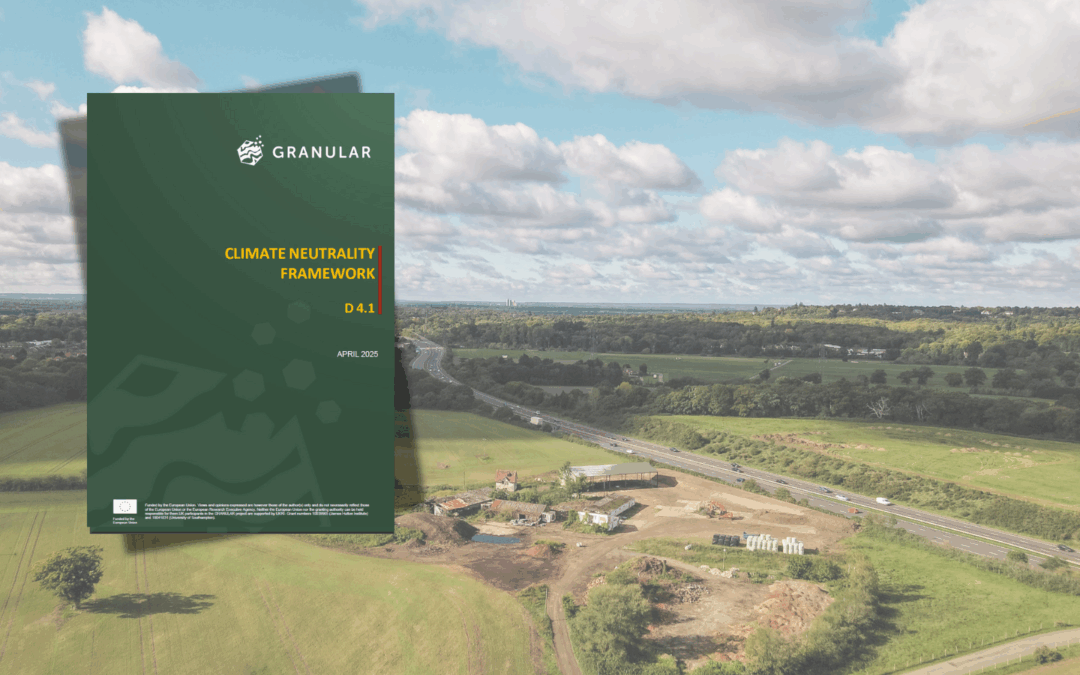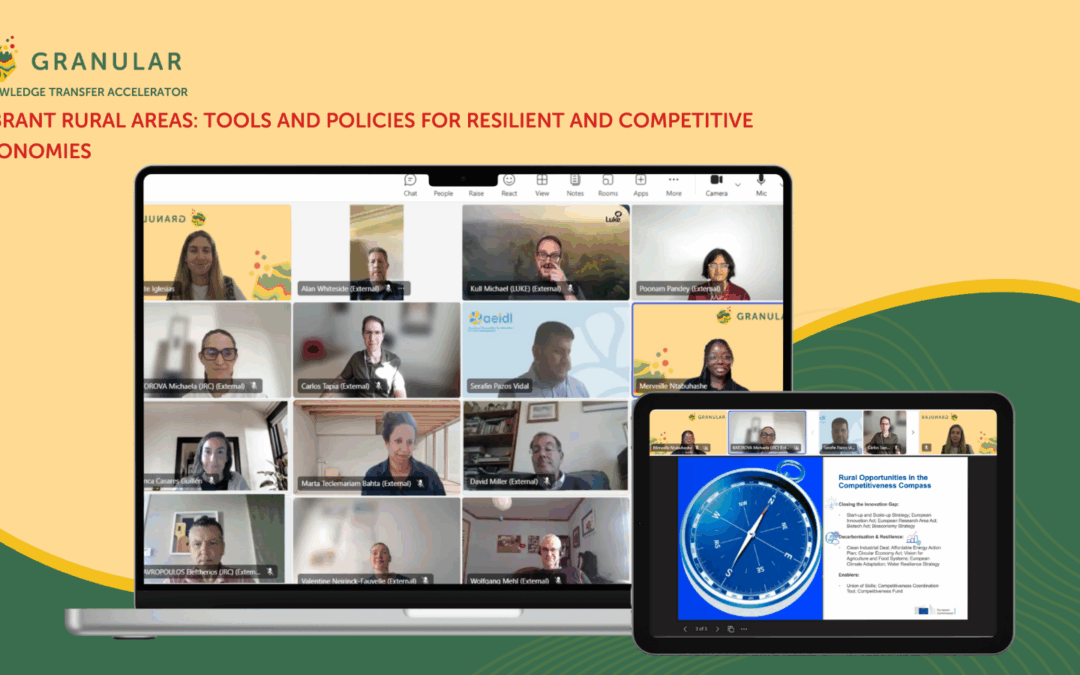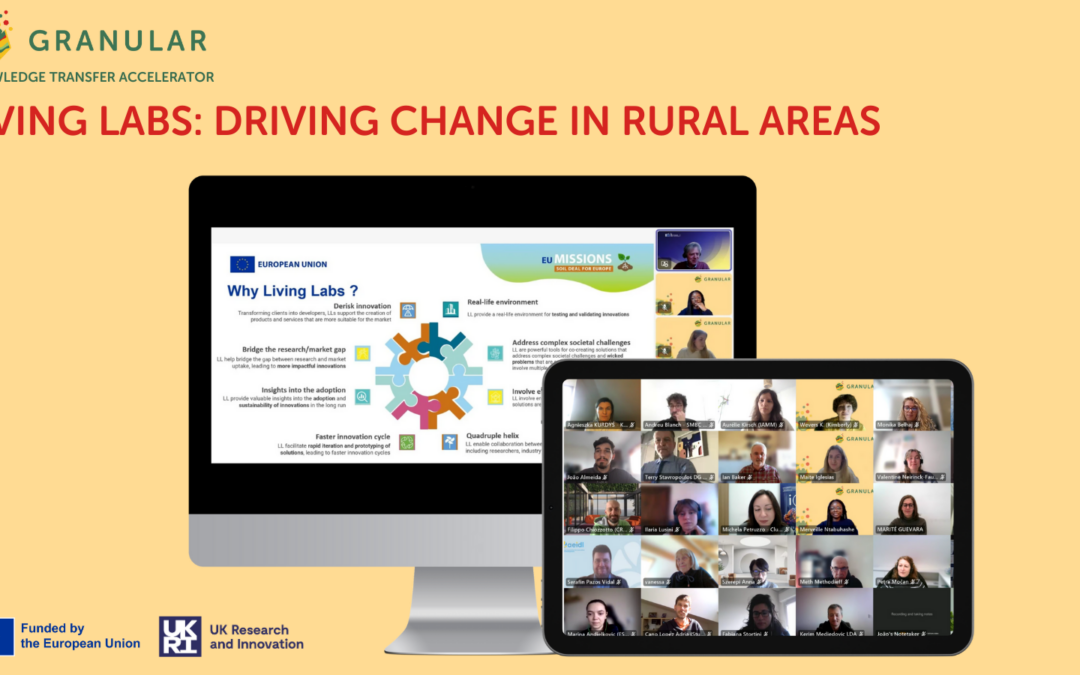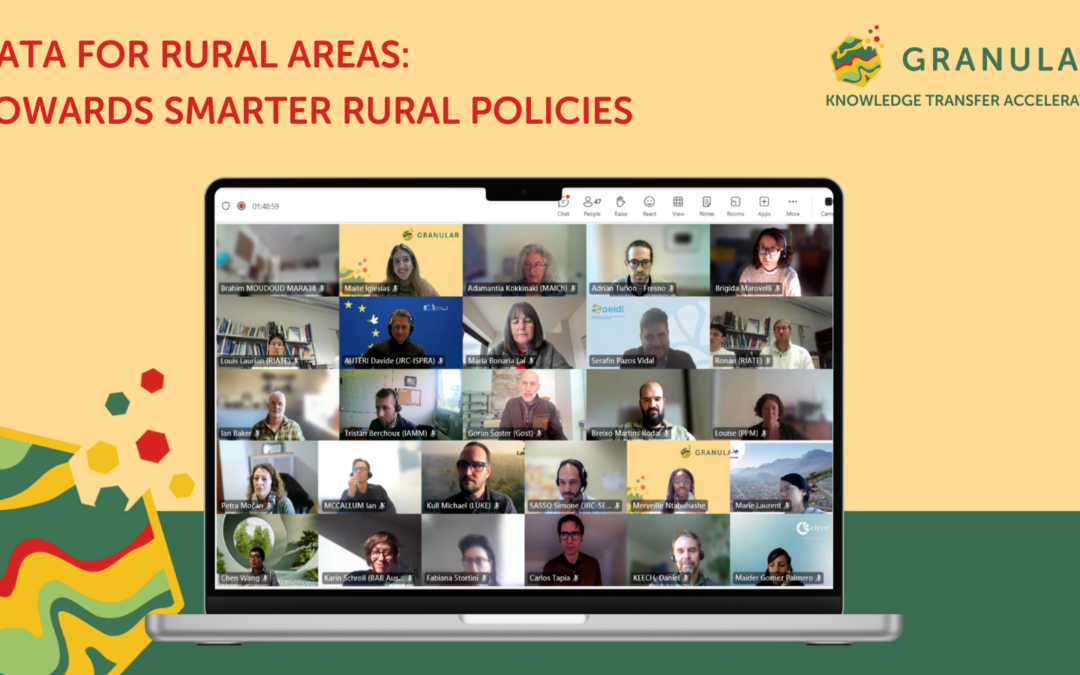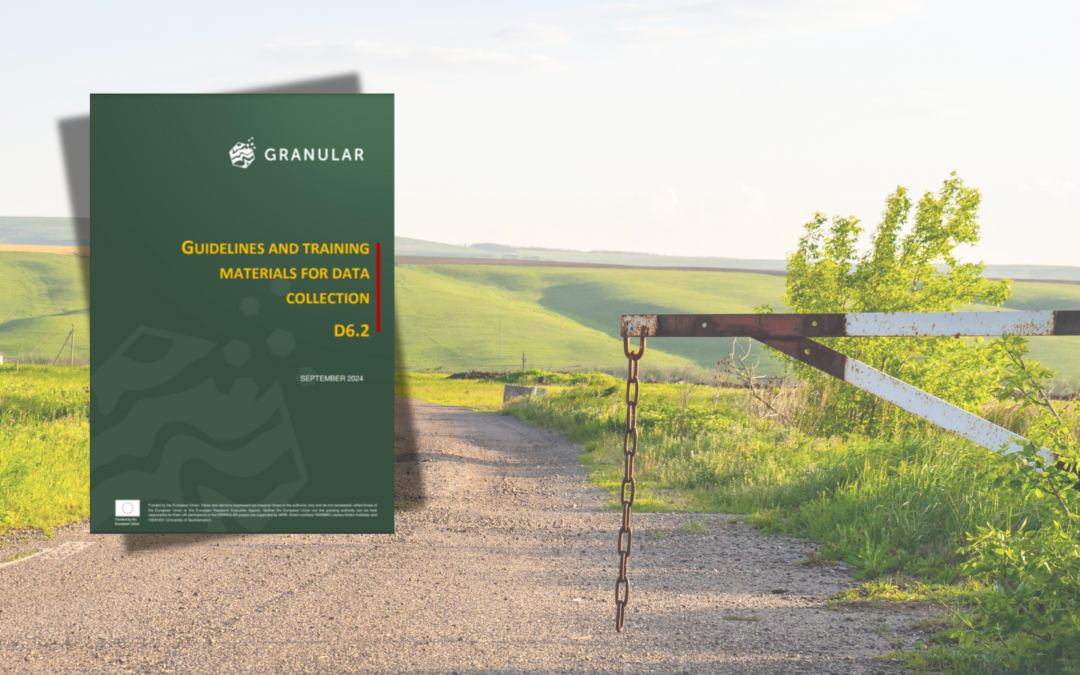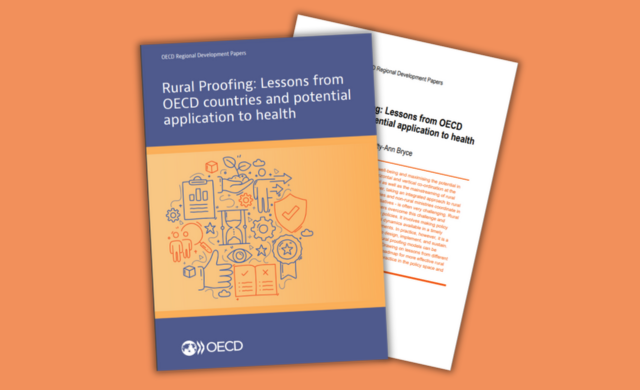Author: Giulia Martino (Ecorys)
Can rural proofing really help policymakers design better, fairer policies for rural areas?
That’s what eight Multi-Actor Labs across Europe set out to explore as part of the GRANULAR project. From Finland to Greece, and from Scotland to Italy, these Multi Actor Labs applied GRANULAR’ rural proofing framework to real policies and initiatives. The goal? To assess their impacts across different types of rural areas and gather concrete insights for better rural policymaking.
A participatory framework rooted in local realities
The methodology is based on the GRANULAR Rural Compass and aligned with the four Long Term Vision for Rural Areas (LTVRA) pillars (Stronger, Connected, Prosperous, and Resilient rural areas). The Labs assessed initiatives of their choice using a structured tool that covered 27 framework elements, examining whether expected impacts were in line with policy aims – and identifying unintended consequences, trade-offs, or overlooked population groups.
What made this process unique was its participatory and adaptive nature. For example, in the Finnish Lab, the proofing involved iterative collaboration between researchers, local actors, and national authorities. This ensured that the chosen policies and their evaluation reflected multiple levels of governance. In the Rural Scotland Lab, the assessment stimulated new discussions on how rural proofing can be used proactively during policy design – not just retrospectively.
Impacts: Mostly positive, but geography still matters
Most Labs judged the chosen initiatives favourably, using terms like “enable” and “increase” to describe expected effects. These often related to youth engagement, infrastructure, community identity, and sustainable practices. Quantitative ratings supported these narratives: binding and implemented initiatives were consistently associated with higher positive and stronger impacts.
Yet one finding stood out: spatial inequality remains a major concern. 75 responses highlighted differences between more central and more remote or disadvantaged rural areas. This reinforces the need for place-sensitive rural policy design – and confirms the framework’s usefulness in identifying not just ‘what works’, but where and for whom.
The challenge of monitoring change
As part of the exercise, Labs were also asked to suggest indicators to monitor rural change. While many strong proposals were made – particularly when indicators were already part of national or EU-level data systems – other areas, such as research and innovation, proved harder to quantify. This suggests a need for stronger alignment between rural proofing and existing monitoring frameworks, while still leaving space for place-specific indicators.
What’s next?
The proofing assessments gathered in GRANULAR culminated in our latest report on ‘The Rural Proofing of selected rural policies’, are feeding directly into future guidance and tools for policy design. A forthcoming study will offer tailored recommendations for how local, national and EU actors can adopt and scale the methodology. Meanwhile, lessons from this testing phase are being shared through the Rural Pact community and policy dialogues at EU, national and local level.
The experience of the Labs shows that rural proofing can go beyond ticking a box. It can open up valuable conversations across governance levels, reveal hidden trade-offs, and if designed well, help make rural policy more inclusive, informed, and fair.
Stay tuned for more updates on the GRANULAR website – including access to the full reports!
